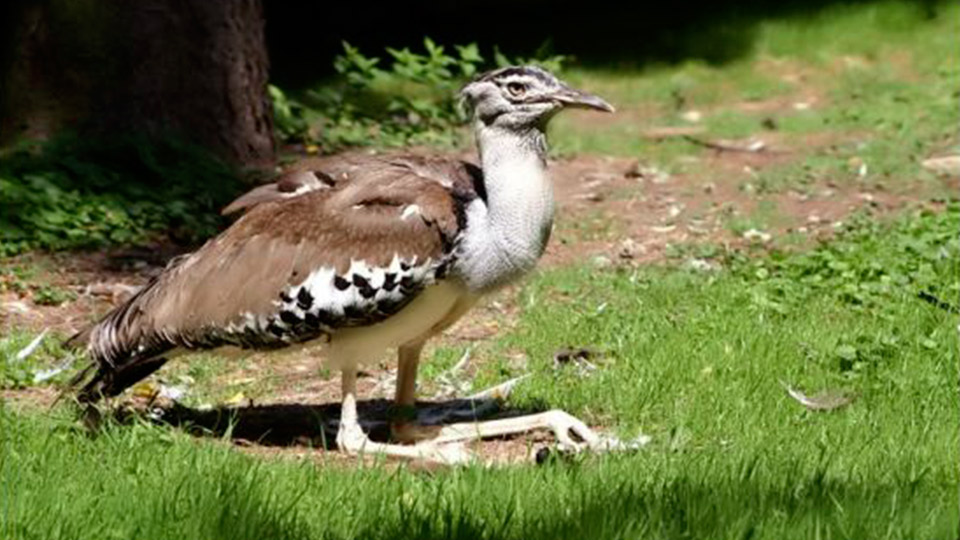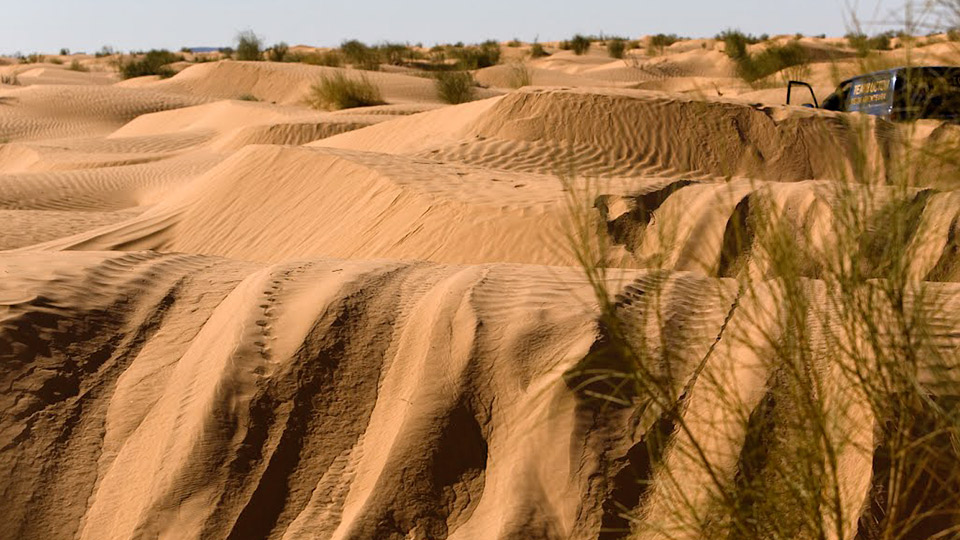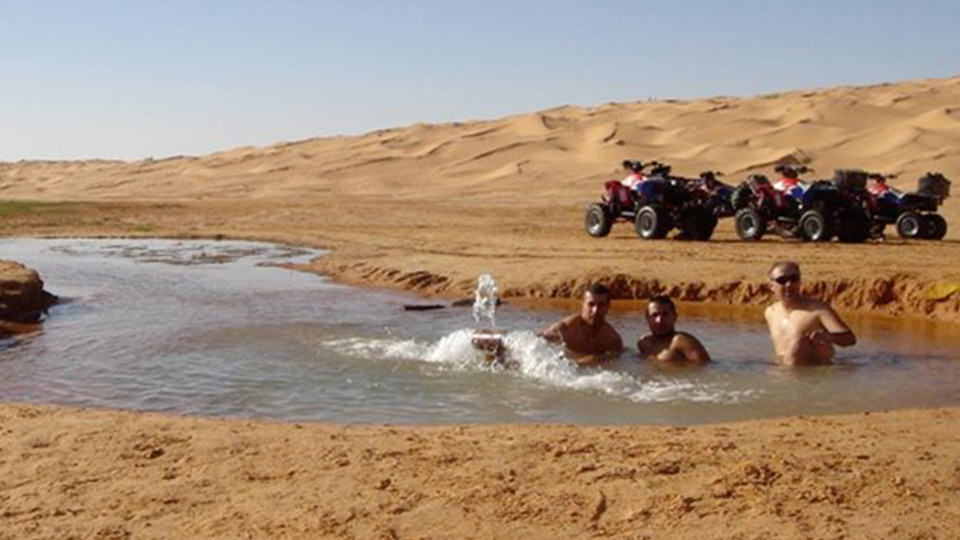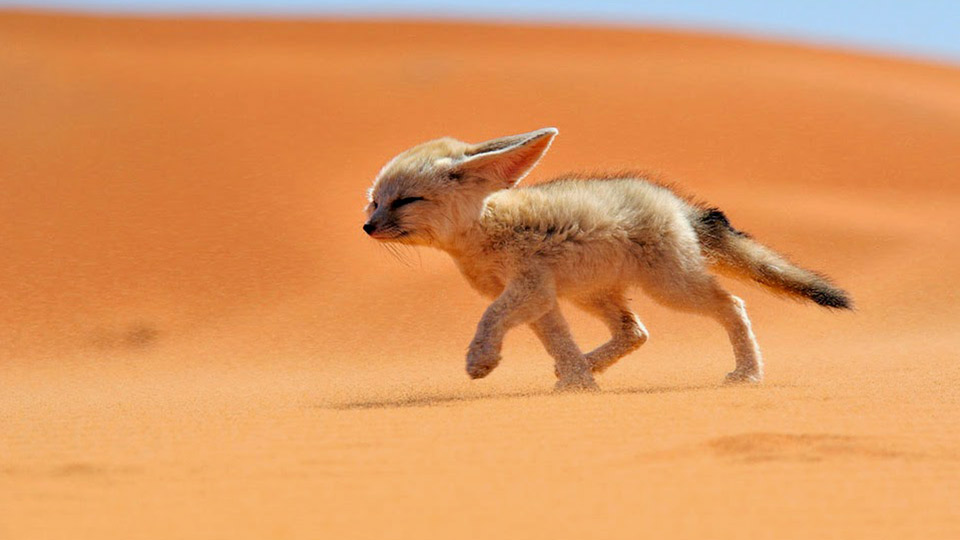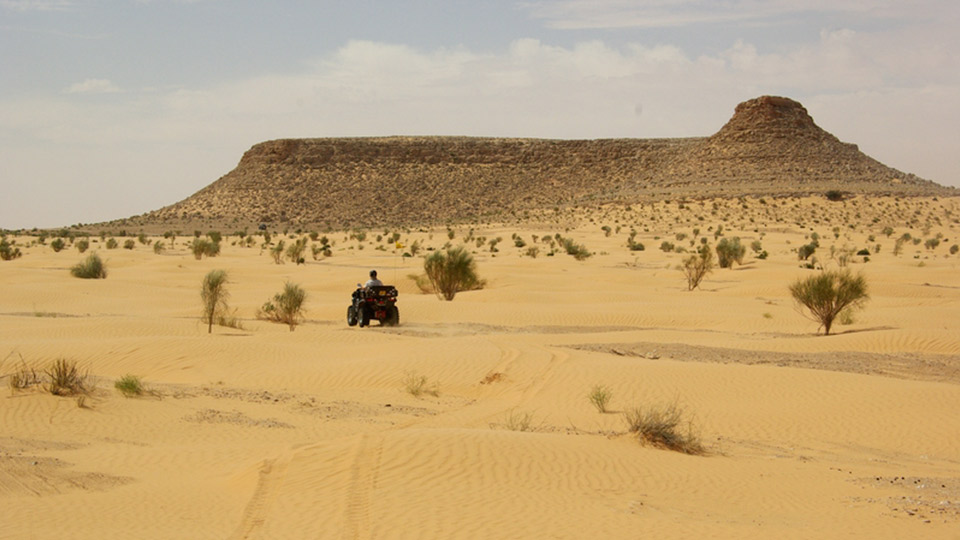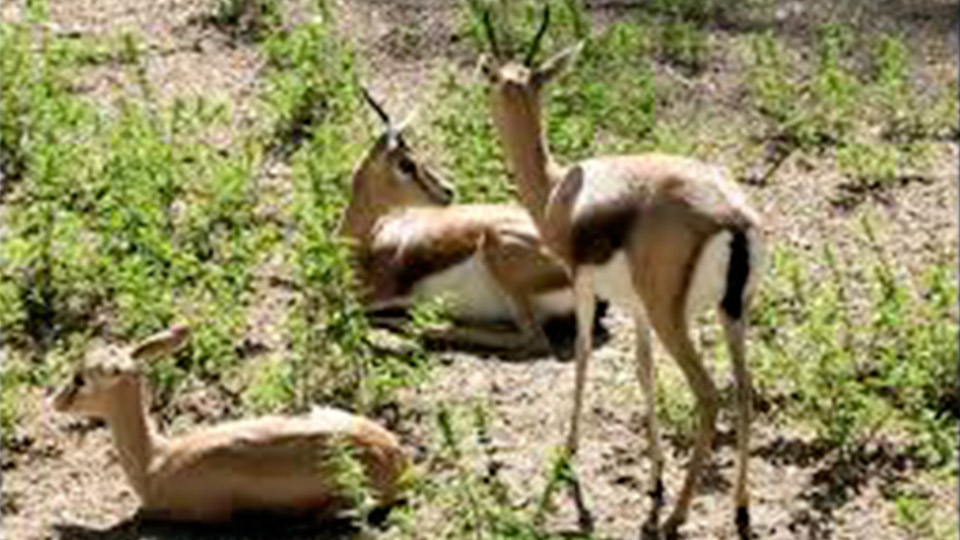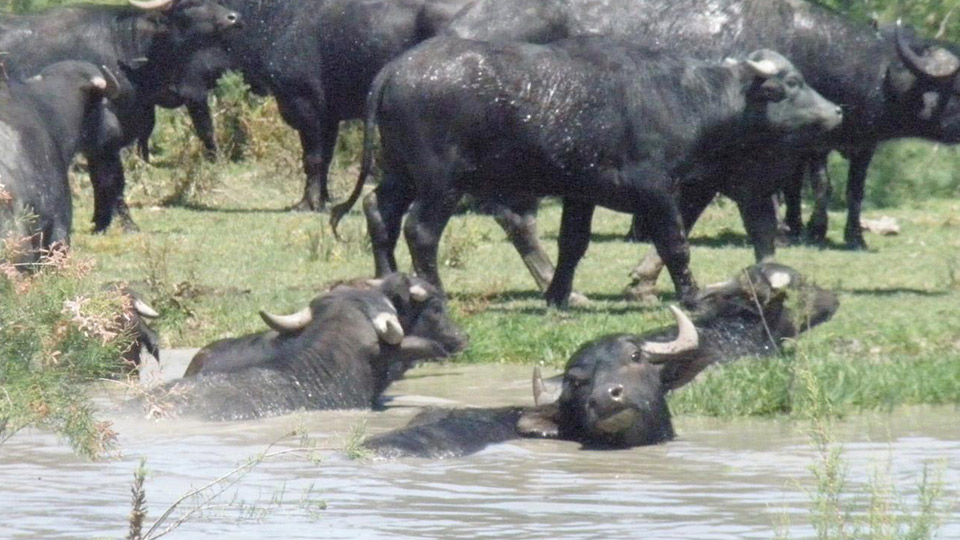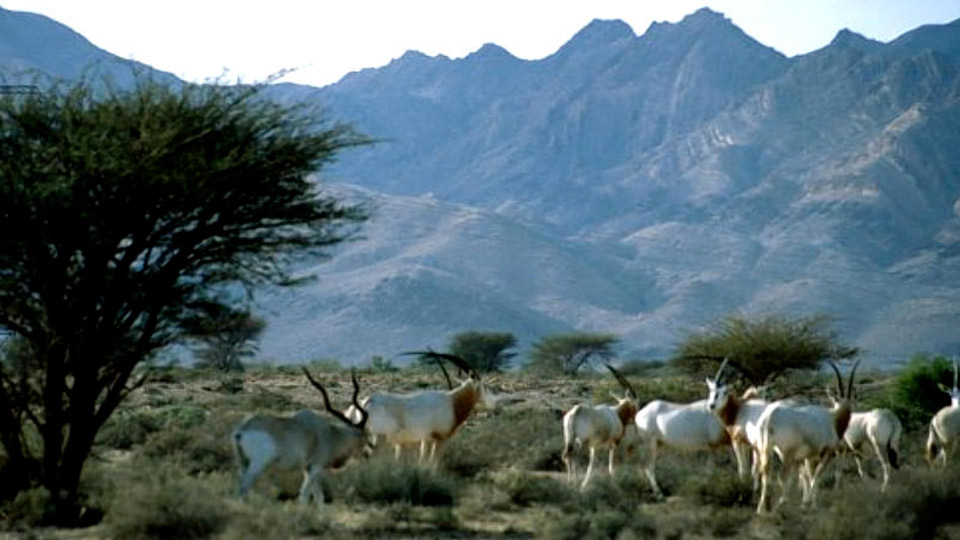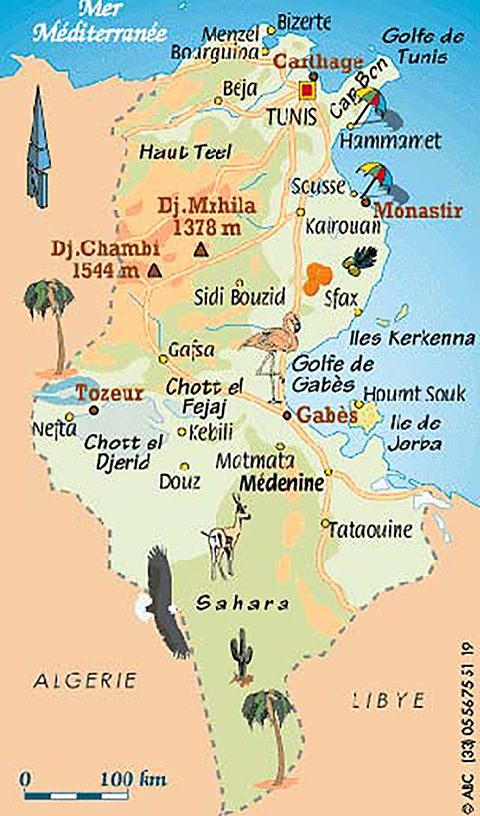Day 1: Arrival in Tunis
Reception and transfer to the hotel in Tunis.
We’ll have a walk in the capital.
The Avenue Bourguiba and the surrounding streets expose beautiful facades with eclectic architecture: the theater, the embassy of France, the cathedral and the medina.
Dinner and overnight in Tunis.
Day 2: Tunis - Zaghouan National Park - Kairouan
After breakfast, departure for Djebel Zaghouan.
The area is also very beautiful with its djebel (mountain) and its Temple of the waters. On its slopes, in its crevices , at the edge of the cliffs or in the gulfs, one discovers the royal eagle, the circaet-Jean- le-blanc, aromatic or medicinal plants etc. With a panoramic view on the plain.
This mountain massif which has just been erected in a national park is equipped with an ecomuseum and a reception center with the development of the Temple of the waters.
Dinner and overnight in Kairouan.
Day 3: Kairouan - Bouhedma National Park - (Diurnal and Nocturnal Observation)
The Bouhedma National Park offers an acacia raddiana vegetation cover that recalls the atmosphere of the African savannas.
We will observe the Addax and Oryx antelopes and the Mohr and Dorcas gazelles, the goundi, the golden jackal and several other mammals of the Tunisian savannah.
This park is home to various species such as the European Oriole, the skylark, Moussier red-tailed, goldfinch, cinerean and ostrich.
Overnight camping in the park.
Day 4: Bouhedma National Park - Douz
We’ll keep observing the wildlife of the park till the end of the afternoon, the we’ll take the road to Douz.
Dinner and overnight in Douz.
Day 5: Douz - Jebil National Park
The National Park of Jebil, with its vast expanses of desert, its infinite dunes such as waves, its changing aspects according to the moments of the day and the seasons, its specific and original flora, its discreet wildlife that lets itself guess more than it can be seen, Correspond perfectly to the imagination of the great amateurs of the Sahara.
The wildlife and the flora of the Jbil National Park, despite their rarity, present characteristic and specific species of the environment such as the dune gazelle, the fennec, the Houbara bustard… Despite their small number, the observation of species such as the Houbara bustard, the desert lark- lark, the desert Sirli, the isabelle courvite, the sparrow of the Sahara is in itself a unique opportunity to see these species in their natural environment.
Overnight camping in the park.
Day 6: Jebil National Park - Tozeur
We’ll continue our safari to the sand dunes of the Jebil National Park during the whole morning. Afternoon, we’ll return to Tozeur.
Dinner and overnight in Tozeur.
Day 7: Tozeur - Tamerza, Chebika and Midès-Gafsa
In the morning, we’ll visit the medina of Tozeur and the brickyard.
Lunch then we’ll visit the mountain oases.
This region of the western center of the country is known for its oases of mountains and remains very charming with its waterfalls and its historical landscapes which offer an important ornithological richness especially for the traquets.
Dinner and overnight in Gafsa.
Day 8: Gafsa - Sbeïtla
After breakfast, we’ll take the road to Sbeïtla.
Check-in at the hotel. Lunch then visit the beautiful archaeological site of Sbeïtla.
The earliest inscriptions date back to the 1st century and the city built on an orthonormal plane was probably never Punic.
We will see the superb capitol formed by three temples dating from the 2nd century, united by arches whose hangers are formed by terracotta bottles nested in each other. This interesting technique was widely used in Roman Tunisia.The large thermal baths divided into winter baths and summer baths shape a beautiful whole.The Byzantine churches have beautiful baptistry decorated with polychrome mosaics.This particularly neat site is a veritable flower garden.Dinner and overnight in Sbeïtla.
Day 9: Sbeïtla - National Park of Chaambi - El Kef
The National Park of Chaambi belongs to the Haut Plateaux area of the center of Tunisia.The Chambi massif, with its typical vegetal cover varying from the green oak to the summit to the alfa to the piedmont through the pine forest of Aleppo, is the last Tunisian forest before the desert. It is therefore the ultimate natural barrier against desertification.The most representative animal is the mountain gazelle, it shares the natural environment with the wild boar and the striped hyena.The avifauna of the national park of Chambi is very expressive in spring and autumn. The avifauna of the national park of Chambi is very expressive in spring and autumn.
Many migratory birds take advantage of the tranquility of the park to rest and recover their strength before continuing along the ridge of their migration to the north.
One can find the peregrine falcon, the booted eagle, the royal eagle, the griffon vulture, the gambra partridge, the crossed bill of the firs, the finches of the trees ...
Dinner and overnight in El Kef.
Day 10: El Kef - Feija National Park - Ain Draham
The National Park of Feija is part of the mountain range of Kroumirie, the rainiest region of the country. It is a forest of cork oak which contains several species of animals and plants very common.
There is essentially a nature reserve to protect the Berber deer. The park also contains several species of birds such as the Great Woodpecker, the Levaillant Peak, the Ferocious Hawk, and so on.
Dinner and overnight in Aïn Draham.
Day 11: Aïn Draham - Ichkeul National Park – Tunis
The Lake Ichkeul is a vast low-lying area of land , where six rivers emerge.It is shallow (about 1.5 m) and has a muddy bottom due to alluvial deposits.The lake communicates with the sea by the Lagoon of Bizerte to which it is connected by the wadi Tinja, 5 kilometers long.
This situation of alternating water flows within Lake Ichkeul makes it the only lake in the world of fresh water in winter and salt water in summer.
This particular hydrology is at the origin of the development of typical plants like bulrush and potamogon. This is the main attraction of waterbirds during their migratory journey between northern Europe and Africa, making the Ichkeul one of the richest wintering areas in terms of capacity in the Western Mediterranean.
The Ichkeul wetland is home to four categories of birds: wintering birds, passage birds during migration, sedentary and nesting birds from Africa.
This avifauna contains endemic species such as Moussier's ruby, species whose marshes of Sedjnane are the main refuge in Tunisia like the white-headed duck, nesting raptors like the vulture percnoptera. Among the mammals are water buffalos of the Ichkeul, golden jackal, fox, genet, otter, bats.
Dinner and overnight in Tunis.
Day 12: Departure
After breakfast, transfer to the airport.

